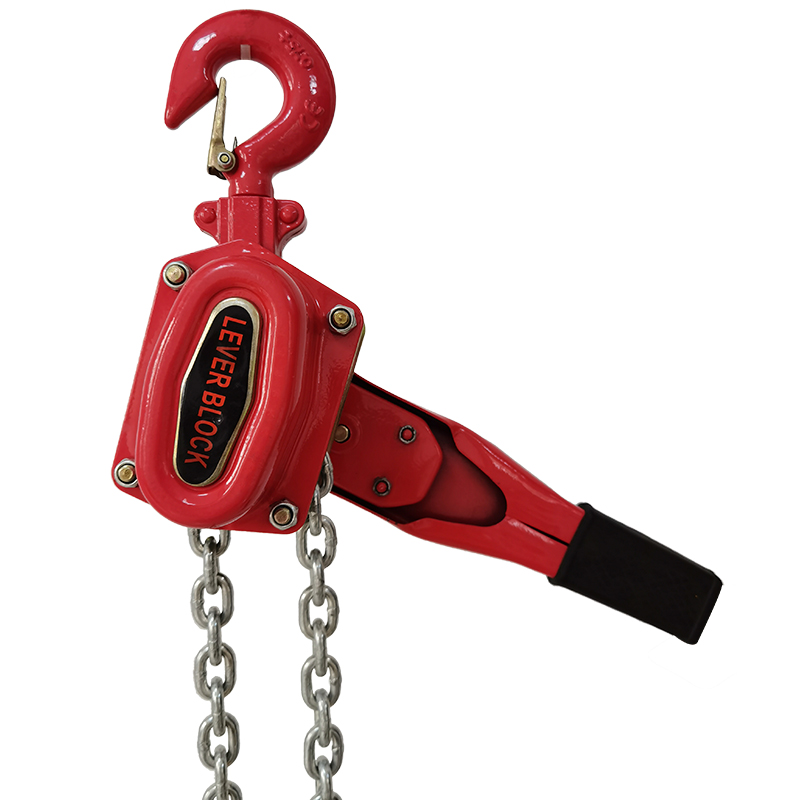


Understanding the Different Types of Fall Protection
In various industries, particularly in construction and manufacturing, ensuring safety during work at heights is paramount. Falls are one of the leading causes of workplace injuries and fatalities, making effective fall protection systems essential. This article explores the various types of fall protection methods, their applications, and advantages in promoting workplace safety.
1. Personal Fall Arrest Systems (PFAS)
One of the most common forms of fall protection is Personal Fall Arrest Systems (PFAS). These systems typically consist of a full-body harness, a lanyard, and an anchorage point. When a worker falls, the harness distributes the forces of the fall across the body, while the lanyard activates to secure them and arrest the fall. PFAS is broadly used in construction sites, maintenance operations, and aerial platforms. Proper training is crucial for users to ensure they know how to wear and connect the harness correctly.
2. Guardrails
Guardrails serve as a physical barrier to prevent workers from falling off elevated surfaces. They are often seen on rooftops, scaffolding, and stairwells. Guardrails must meet specific height and strength requirements set by safety regulations. Their major advantage is that they provide continuous protection without requiring workers to wear personal protective equipment. However, guardrails must be maintained properly to ensure their effectiveness in preventing falls.
3. Safety Nets
Safety nets are a passive form of fall protection that is installed under a work area where employees are at risk of falling. These nets catch workers if they fall, providing a cushion that significantly reduces the risk of injury. They are particularly useful in construction activities such as bridge building or high-rise projects. It’s important to use nets that meet safety standards and to inspect them regularly for any damage or wear.

4. Positioning Systems
Positioning systems allow workers to be supported at heights while leaving their hands free to work. These systems often include a combination of body harnesses and ropes that secure workers in place while they perform their tasks. Positioning systems are advantageous in scenarios where workers need to access hard-to-reach areas but must also be secured simultaneously. Like PFAS, proper training and adjustment of the system are essential for safety.
5. Warning Lines
Warning lines are a less intrusive form of fall protection that guide workers by marking boundaries surrounding areas where they could fall. Typically, brightly colored ropes or chains are set up at a specified distance from the fall hazard. While warning lines do not physically prevent falls, they serve as a visual reminder to workers to maintain a safe distance. This method is often used in conjunction with other fall protection strategies to enhance safety.
6. Specialized Equipment
In certain situations, specialized equipment might be required for fall protection, such as aerial lifts, scaffolds, or ladders equipped with safety features. Each piece of equipment is designed to provide stability and support while working at heights. Proper use and frequent inspection of such equipment are crucial for ensuring worker safety.
Conclusion
Implementing appropriate fall protection measures is an integral part of workplace safety, especially in industries involving height work. From personal fall arrest systems to guardrails and warning lines, choosing the right type of fall protection depends on the specific work environment and the risks involved. Additionally, regular training and inspections are vital to ensure that all safety equipment is in proper working order. By prioritizing fall protection, employers can create safer workplaces and significantly reduce the risk of falls, safeguarding their workers' well-being.



